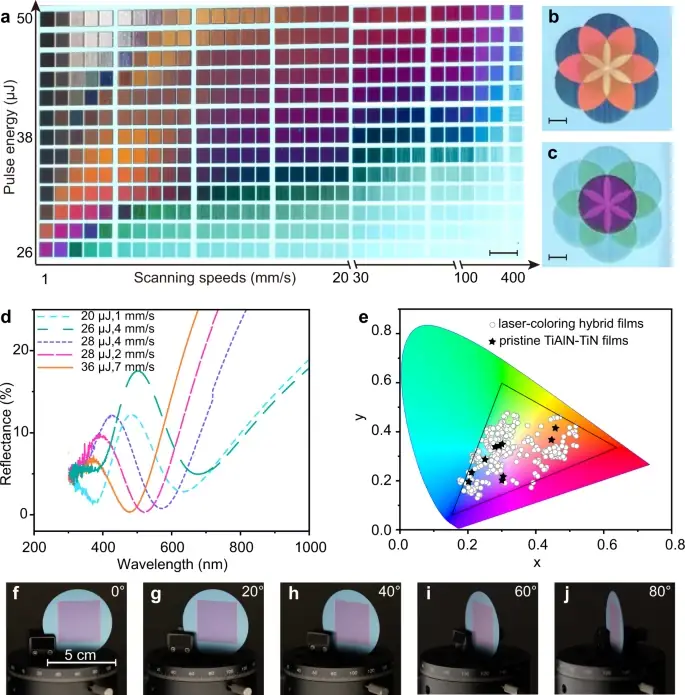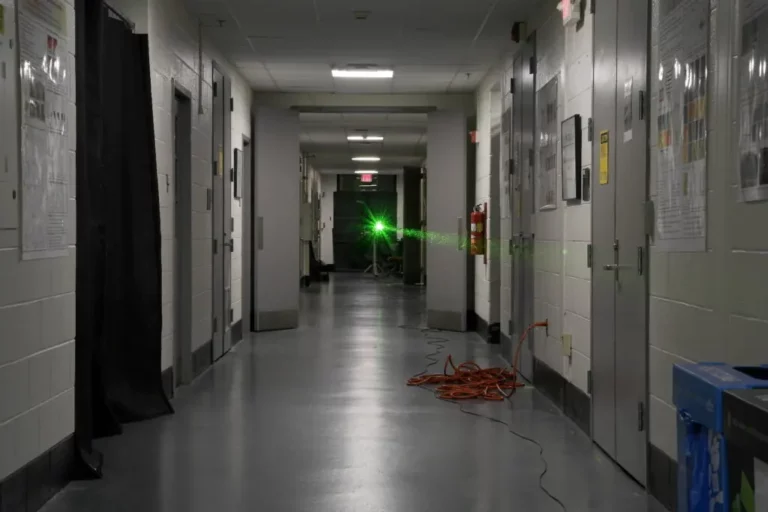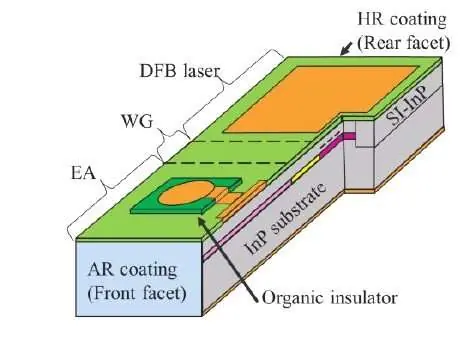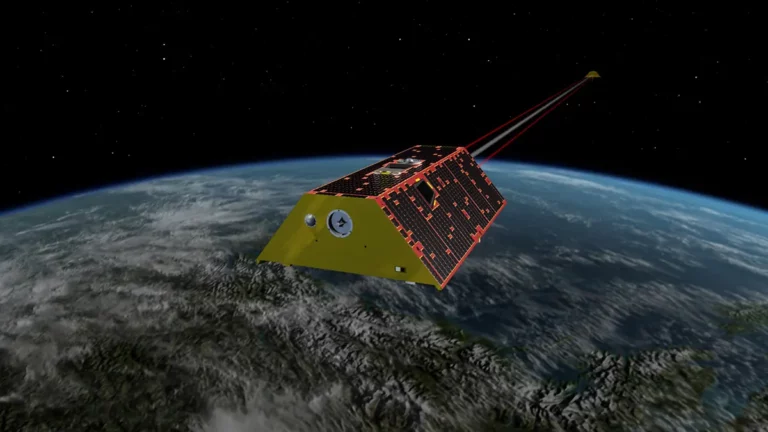Wind Field Detection in the Stratosphere and Troposphere Using High-resolution Oxygen-corrected Laser Heterodyne Radiometer (LHR)
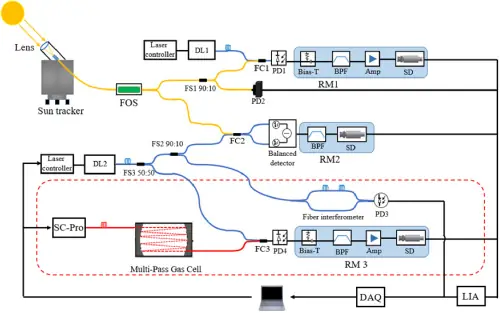
Measuring wind fields in the stratosphere and troposphere is vital for atmospheric research, meteorology, and aviation. Researchers at the University of Science and Technology of China have developed a near-infrared (NIR) dual-channel oxygen-corrected laser heterodyne radiometer (LHR) to measure the vertical profile of wind fields in these regions with high accuracy.
The LHR technique uses two distributed feedback (DFB) lasers as local oscillators to probe the absorption of oxygen (O2) and carbon dioxide (CO2). The LHR measures high-resolution atmospheric O2 and CO2 transmission spectra simultaneously. The atmospheric O2 transmission spectrum is used to correct the temperature and pressure profiles based on a constrained Nelder-Mead’s simplex method.
Development of NIR Dual-channel Oxygen-corrected Laser Heterodyne Radiometer for Wind Field Detection
The near-infrared (NIR) dual-channel oxygen-corrected laser heterodyne radiometer (LHR) developed by researchers at the University of Science and Technology of China uses two distributed feedback (DFB) lasers as local oscillators to probe the absorption of oxygen (O2) and carbon dioxide (CO2) for high-precision wind field detection in the troposphere and stratosphere. The LHR technique measures high-resolution atmospheric O2 and CO2 transmission spectra simultaneously, and an SNR of 100 was achieved in a recording time of 12 minutes.
A 0.3-10 MHz band-pass filter in the LHR CO2 channel resulted in a spectral resolution of 0.00067 cm-1, and the transmission spectra of O2 and CO2 in Hefei were obtained. The atmospheric wind field profiles on the line of sight were retrieved based on the optimal estimation method (OEM) with an accuracy of approximately 5 m/s at Hefei.
The results reveal that the dual-channel oxygen-corrected LHR has high development potential for portable and miniaturized wind field measurement, as well as further research applications. The LHR technique provides high accuracy and potential for various applications, making it a valuable tool for atmospheric research, meteorology, and aviation.
Retrieval of Vertical Profiles of Wind Field with High Accuracy
The atmospheric wind field profiles on the line of sight were retrieved with high accuracy based on OEM, which is a well-known technique for atmospheric research. The optimal estimation method is a robust technique that considers the measurement uncertainties and their correlations, as well as the background information, to provide accurate retrievals.
The LHR technique offers advantages and limitations when compared with other existing wind field detection techniques. For example, Doppler lidar is a commonly used technique for wind field detection, but it is sensitive to the atmosphere’s aerosol content and turbulence. The high resolution and accuracy of LHR make it a valuable technique for atmospheric research, meteorology, and aviation.
Comparison with Other Wind Field Detection Techniques
The LHR technique offers several advantages when compared with other existing wind field detection techniques. The main advantage of the LHR technique is its high resolution and accuracy, which make it a valuable tool for atmospheric research, meteorology, and aviation.
Other wind field detection techniques include radar, lidar, and GPS radio occultation. Radar and lidar techniques have limitations in their ability to measure the vertical wind profile accurately, and they also require large, expensive equipment. GPS radio occultation can measure the vertical wind profile, but it is limited by the lack of spatial coverage, especially in the tropics, and is affected by the ionosphere.
The LHR technique, on the other hand, can measure the vertical wind profile accurately and has high spatial coverage. Furthermore, the LHR technique can be miniaturized and made portable, making it ideal for field campaigns and remote areas.
Potential for Improvement and Deployment of Laser Heterodyne Radiometers
The LHR technique has the potential for further improvement and deployment. The accuracy of the retrieved wind field profiles can be improved by incorporating more detailed meteorological data and long-term observations. In addition, future work on the LHR technique will focus on deploying LHR at different latitudinal and longitudinal sites to measure the wind field in the UV direction.
The LHR technique can also be used in combination with other wind field detection techniques to improve the accuracy of wind field measurements. For example, the LHR technique can be used in conjunction with GPS radio occultation to provide accurate measurements of wind fields in the troposphere and low stratosphere.
The LHR technique has potential applications in meteorology, atmospheric research, and aviation. In meteorology, the LHR technique can provide accurate measurements of wind fields in the troposphere and low stratosphere, which are essential for weather forecasting. In atmospheric research, the LHR technique can be used to study the dynamics of the atmosphere, such as the interaction between the atmosphere and the oceans. In aviation, the LHR technique can provide accurate measurements of wind fields, which are essential for safe and efficient air travel.
Summary and Key Takeaways
In conclusion, the research demonstrates the potential of the NIR dual-channel oxygen-corrected LHR for measuring the vertical profile of wind field in the stratosphere and troposphere. The accuracy and potential for various applications make the LHR technique an essential tool for atmospheric research, meteorology, and aviation.

